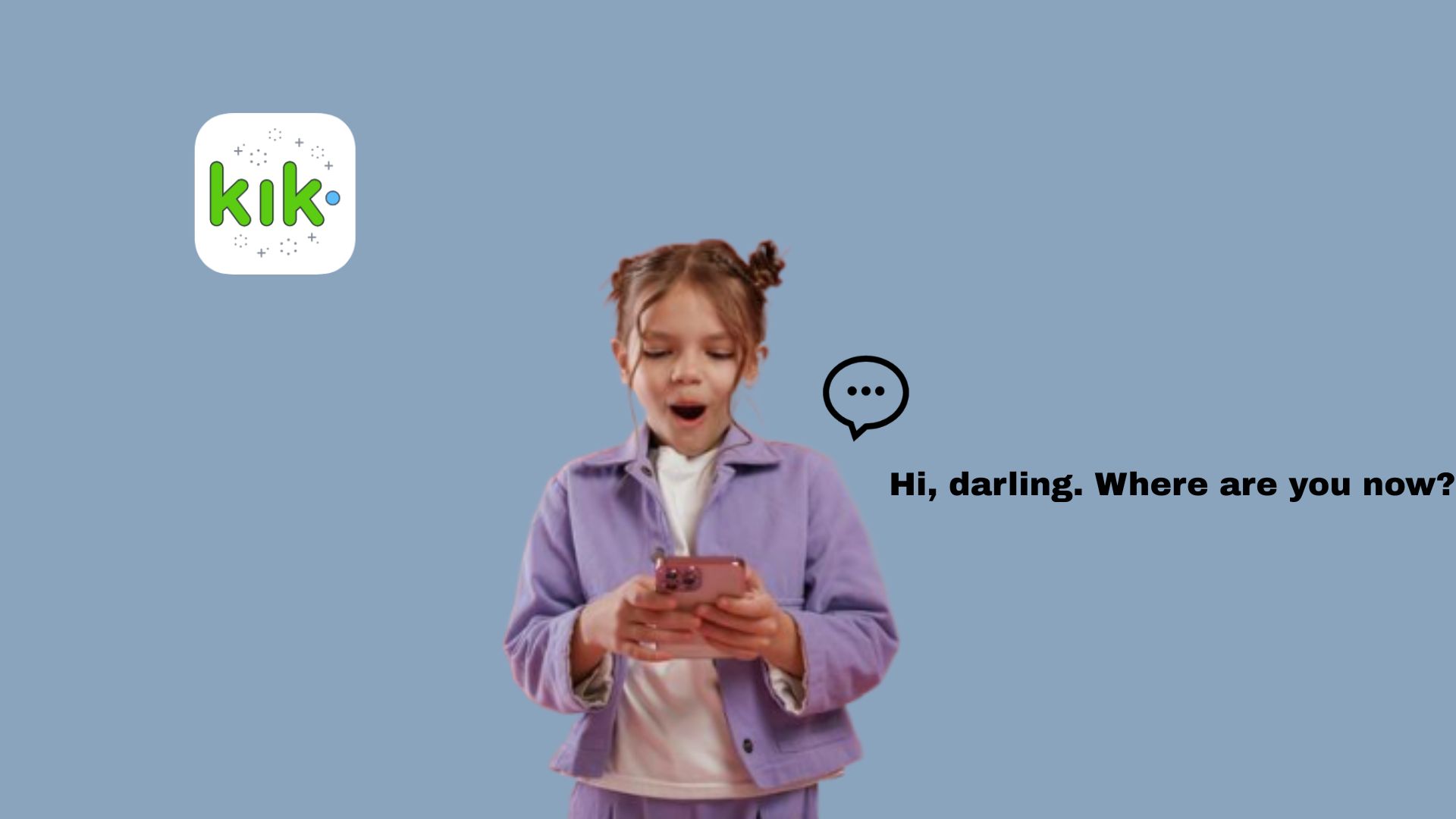ClevGuard Support: Monitor Devices with Others' Permission.

The Kik app has become a go-to messaging platform for many teens, known for its free access, ease of use, and anonymous chatting features. With over 300 million users globally—many of them under 24—it offers a digital space for connection and self-expression. However, the very features that make Kik appealing also raise serious safety concerns for parents. From unrestricted messaging with strangers to a lack of parental oversight, Kik's reputation has been the subject of both curiosity and criticism. This article explores Kik's core functionality, the dangers it presents, and what families can do to help teens stay safer online.
Table of Contents
What Is the Kik App?
Kik is a Canadian-born messaging app that allows users to send text, images, and videos without needing a phone number. Users only need an email address and username to sign up, offering a layer of anonymity uncommon in other platforms like WhatsApp or Messenger.
Kik also stands out for its public group chats, meme generators, mini-games, and even third-party dating apps—all accessible via an internal browser. The app's popularity among teens stems from its emphasis on unfiltered interaction and independence. While it brands itself as a casual chat platform, Kik's unmoderated and anonymous environment makes it very different from typical messaging apps.
Kik's Core Functions and Why Teens Use It
Kik provides one-on-one messaging, group chats, and multimedia sharing, along with features like GIFs and stickers that appeal to younger users. Its lack of phone number verification gives teens a sense of privacy and autonomy, which many find liberating.
The app also enables users to find public groups based on interests, making it easy to connect with strangers from around the world. For many teens, Kik is a digital playground for identity exploration, peer bonding, and escaping adult oversight—a factor that contributes heavily to its youth-driven popularity.
Is Kik App Safe? 5 Serious Concerns for Parents
While Kik may appear harmless at first glance, there are several key safety concerns:
1. Lack of identity verification:
Users can sign up with fake names and emails, making it easy to impersonate others.
2. Direct access to strangers:
Teens can receive messages from anyone, without needing to accept a request first.
3. In-app dating services:
Kik's third-party apps like “Flirt!” and “Match & Chat” replicate Tinder-like swiping, which introduces teens to adult behaviors prematurely.
4. Explicit live streaming:
Kik Live often features adult content that violates the app's own community standards but still circulates widely.
5. No built-in parental controls:
Parents cannot manage or restrict activity directly within the app.
These design flaws create an environment where predators can operate with ease and where teens can be exposed to harmful content without warning. If you're concerned about similar risks in other apps, you might also want to understand what the Wizz app is and why it poses similar safety challenges.
Why Kik Appeals to Predators and Risks Sextortion
The anonymity offered by Kik is a major draw for those looking to exploit vulnerable users. Unlike most platforms, Kik does not require real names or phone numbers, making it easy for adults to pose as teens and initiate inappropriate conversations.
In several high-profile criminal investigations, Kik has been referenced as a platform used for grooming, sextortion, and even trafficking. Law enforcement agencies have described it as a “digital gateway” for predators. These serious allegations underscore the need for active parental involvement and better safety infrastructure.
What Age Is Kik Really Appropriate For?
Officially, Kik allows users as young as 13, provided they have parental permission. However, both Apple and Google recommend it for users aged 17+ due to its explicit content and lack of moderation.
Experts generally advise against Kik use for anyone under 17. Even then, the app should be used only with strong digital literacy, parental oversight, and emotional maturity. The absence of meaningful safeguards means the risks are not limited to younger teens.
Can Kik Be Made Safer? Parental Strategies
Kik has no internal parental control settings, but there are steps parents can take:
Talk openly with your teen about the risks of anonymous chatting.
Show them how to block and report inappropriate users.
Use a parental control tool like ClevGuard's solution to monitor device activity, screen time, and app installations.
Discuss privacy, digital boundaries, and the emotional impact of inappropriate messages.
Consider co-reviewing group chats or app permissions together as part of a family media agreement.
Taking a proactive and collaborative approach helps teens build resilience and awareness—skills they'll need well beyond Kik.

An Array of Amazing Features
- Track cell phone location in real time and view location history
- Check all incoming and outgoing calls & SMS
- Spy on social media apps like WhatsApp, Instagram, Snapchat, Facebook, Viber, WeChat and more
- Remotely access the files on the target phone, like contacts, photos, call logs, etc.
Safer Messaging Alternatives for Teens
If you're looking for safer communication platforms, consider these alternatives:
- Messenger Kids: Designed by Meta, it includes parent-controlled contact lists and no ads.
- Signal (with supervision): Offers strong encryption and privacy with fewer distractions.
- Google Chat (Family Link): Integrates with Google's supervised accounts to restrict use.
These platforms offer more transparency and fewer opportunities for strangers to make unsolicited contact. Parents seeking broader content safety might also review guides like this one on Crunchyroll's safety for younger audiences.
Conclusion
Kik may offer social freedom and fun, but it also exposes teens to significant risk. Its anonymous environment, unmoderated content, and lack of parental controls make it unsuitable for users under 17—and even older teens should only use it with guidance.
Parents should consider blocking Kik or replacing it with safer platforms until their child demonstrates the maturity and judgment needed for more open digital environments. In the end, empowering teens with knowledge and setting clear boundaries is the most effective path to digital safety.



